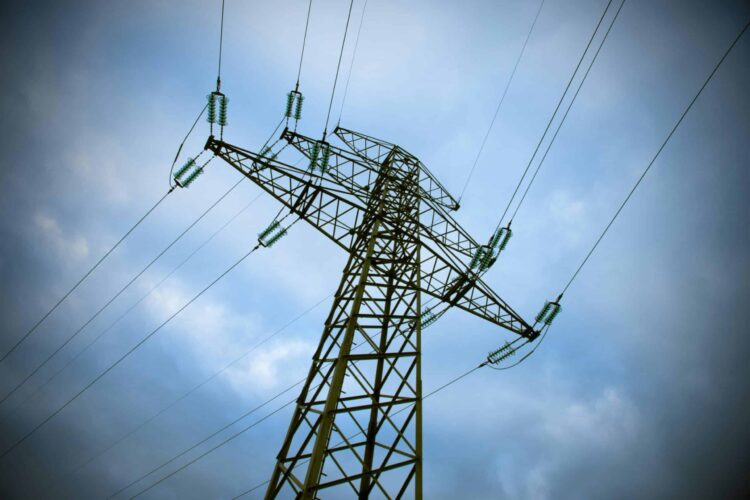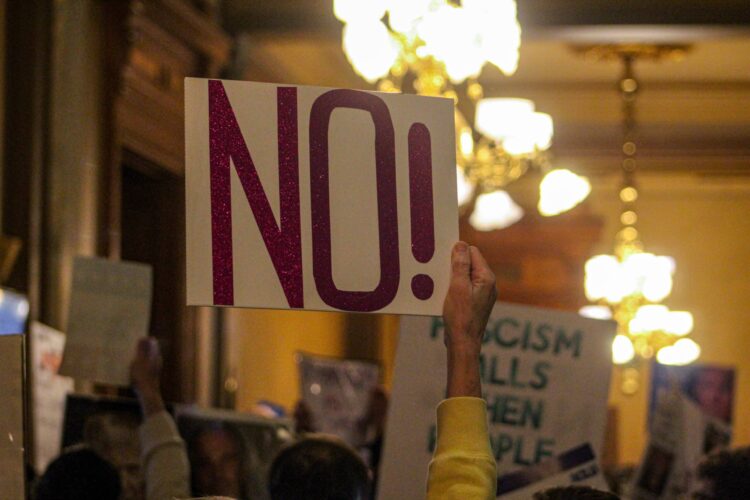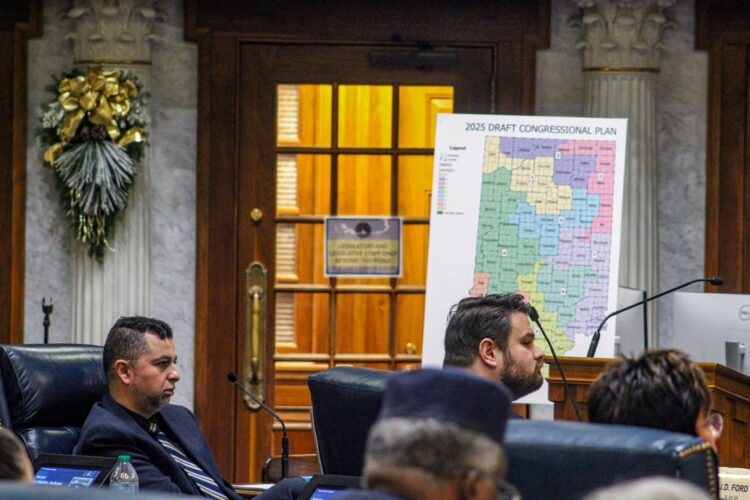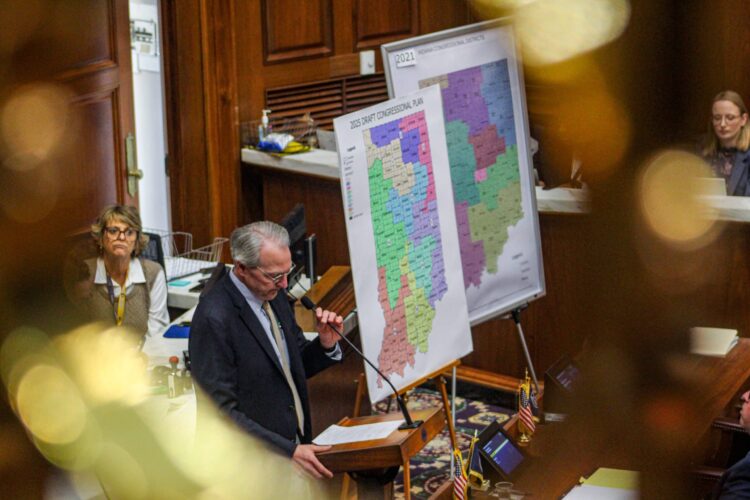I was surprised at how small it was, how relatively modest the décor appeared.
Not long before I traipsed through the President’s House—as this nation’s founders first called it—I’d ambled the grounds at Versailles. The opulence at that royal palace, with its surfeit of golden ornaments, overwhelmed the senses. The ostentatious decadence made clear why the French Revolution occurred shortly after ours did and why that vicious rebellion was so bloody.
The American president’s house was designed to be a response to such excess.
The founders wanted the person entrusted with executive power in our newborn nation to live in a structure that embodied republican—note the lower-case “r”—virtues. They wanted the White House, as it came to be known, to balance dignity and simplicity.
They wanted the building to serve as a reminder that, in this country, the president came from among the ranks of the people and one day would return to walk among them.
They wanted the White House to demonstrate that the president was the servant of the people, not their master.
This focus wasn’t an accident or oversight.
At the other end of Pennsylvania Avenue, the Capitol emerged as a grand structure, erected on classical lines and built to impress. The legislative branch—the U.S. Senate and the U.S. House of Representatives—was the place where the power of a free people was supposed to reside.
We like to think of our federal government as having three co-equal branches, but—on paper, anyway—that’s not the case.
The U.S. Constitution does not grant presidents or U.S. Supreme Court justices the power to impeach and remove members of either the House or the Senate.
But the Constitution does grant the House the power to impeach both the president and members of the Supreme Court. The Constitution also grants the Senate the power to remove a president from office and justices from the bench.
The contrast between the relative modesty of the White House and the stony grandeur of the Capitol was deliberate.
The founders wanted the branch of government closest to the people to loom largest in both the landscape and the imagination. In a nation in which government was supposed to draw its authority to govern from the consent of the people it governed, the architects of this nation aimed to have the legislative branch cast a longer shadow than the executive branch.
That’s because the founders of this nation had ample reason to distrust unchecked power in the executive branch. They wanted the presidency to be powerful enough to be effective yet restrained enough to pose no threat to the liberties of a free people.
And they wanted the President’s House to reflect that delicate balance.
That has been the enduring and essentially American symbolism of the White House’s somewhat austere republicanism.
The balancing act between power and restraint is what the current president, Donald J. Trump, seeks to upset in both symbol and fact by bulldozing the East Wing and erecting a ballroom that will make Versailles look like a model of modest restraint.
Trump never has bought into what the presidency or this country are supposed to be about. The notion that executive power should be wielded with self-discipline in the service of an ongoing experiment in representative self-government strikes him as absurd.
So does the idea that, as president, he is the servant and not the master of the American people.
He seeks to rule, not to govern.
And definitely not to lead.
That’s why his demolition of the White House’s East Wing has touched the nerve that it has.
The White House’s deliberate simplicity has spoken to who we are as a people and a nation for more than two centuries. His unrestrained demolition of that honored building speaks to his contempt not just for our past, but for the sort of nation the founders sought to create and generations of American patriots fought to preserve.
That he seeks to build something more fitting for a monarchy than a republic is not surprising. Nor is the fact that he intends to build it as a monument to himself.
Donald Trump never has had much appetite for the republican virtues that built this nation.
His hunger has always been to be the sort of king the founders rebelled against.









